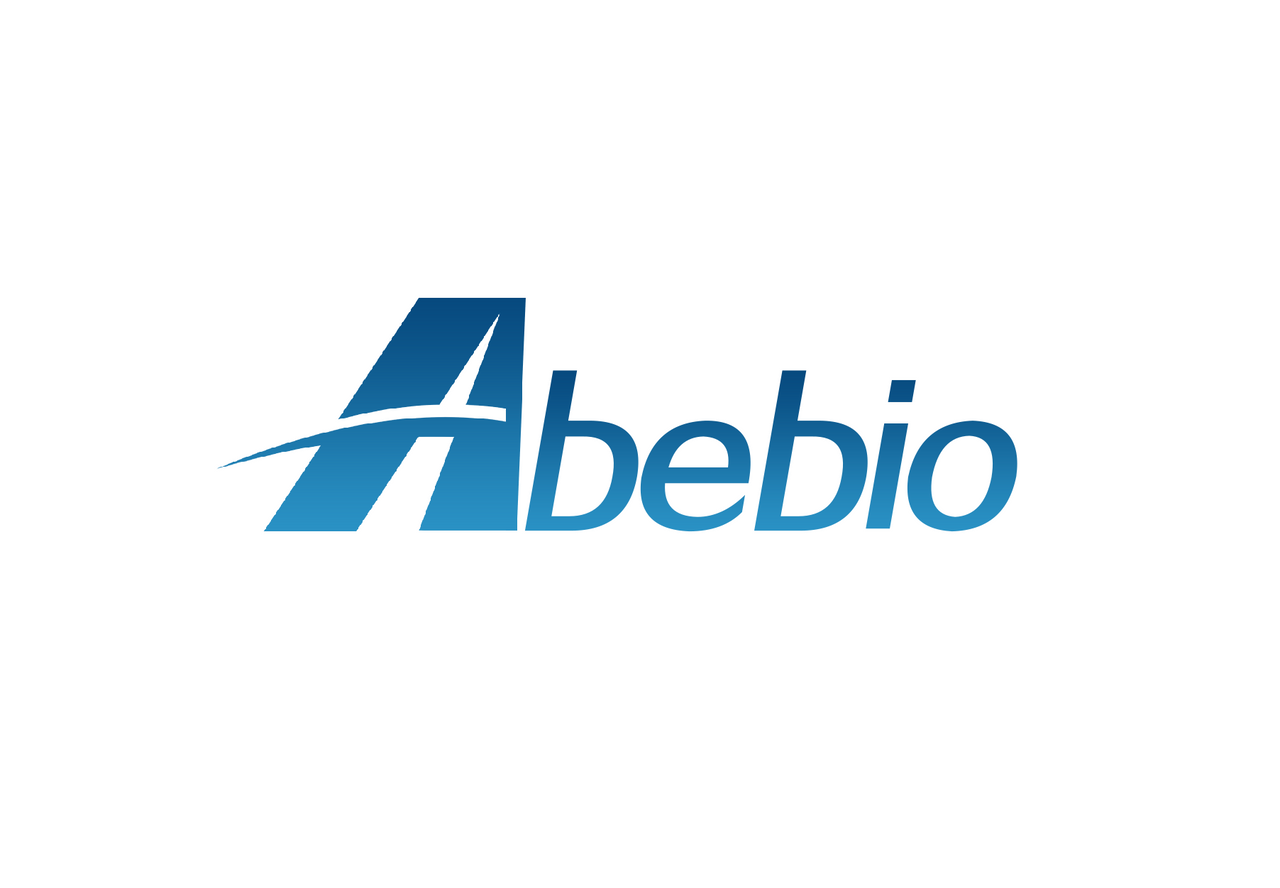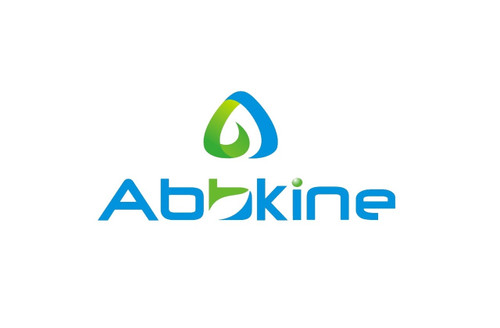Product Description
Human T-lymphocyte surface antigen Ly-9 (LY9) ELISA Kit | AE60521HU | Abebio
Species Reactivity: Human (Homo sapiens)
Abbreviation: LY9
Alternative Name: RP11-312J18.1; CD229; SLAMF3; hly9; mLY9; T-lymphocyte surface antigen Ly-9|cell-surface molecule Ly-9
Application: ELISA
Range: 493.8-40000 pg/mL
Sensitivity: 175.4 pg/mL
Intra-Assay: ≤6.4%
Inter-Assay: ≤10.8%
Recovery: 1, 09
Sample Type: Serum, Plasma, Other biological fluids
Detection Method: Sandwich
Analysis Method : Quantitive
Test Principale: This assay employs a two-site sandwich ELISA to quantitate LY9 in samples. An antibody specific for LY9 has been pre-coated onto a microplate. Standards and samples are pipetted into the wells and anyLY9 present is bound by the immobilized antibody. After removing any unbound substances, a biotin-conjugated antibody specific for LY9 is added to the wells. After washing, Streptavidin conjugated Horseradish Peroxidase (HRP) is added to the wells. Following a wash to remove any unbound avidin-enzyme reagent, a substrate solution is added to the wells and color develops in proportion to the amount of LY9 bound in the initial step. The color development is stopped and the intensity of the color is measured.
Product Overview: Lymphocyte antigen 9, also known as LY9, has also recently been designated CD229 . LY9 has been shown to interact with SH2D1A.By sequence analysis of cDNA clones, Sandrin et al. (1992) demonstrated that the mouse lymphocyte surface antigen Ly9 is a novel member of a subgroup of the immunoglobulin superfamily, together with the antigens CD2, BCM1 (CD48), and LFA3 (CD58) . Kingsmore et al. (1995) noted that, though the function of Ly9 was unknown, other subgroup members are involved in adhesion reactions between T lymphocytes and accessory cells. CD2, CD48, and CD58 are also distinguished by homophilic interactions with one another; thus, human CD48 and CD58 are both ligands for CD2.
Stability: The stability of ELISA kit is determined by the loss rate of activity. The loss rate of this kit is less than 5% within the expiration date under appropriate storage condition. The loss rate was determined by accelerated thermal degradation test. Keep the kit at 37°C for 4 and 7 days, and compare O.D.values of the kit kept at 37°C with that of at recommended temperature. (referring from China Biological Products Standard, which was calculated by the Arrhenius equation. For ELISA kit, 4 days storage at 37°C can be considered as 6 months at 2 - 8°C, which means 7 days at 37°C equaling 12 months at 2 - 8°C) .
 Euro
Euro
 USD
USD
 British Pound
British Pound
 NULL
NULL












